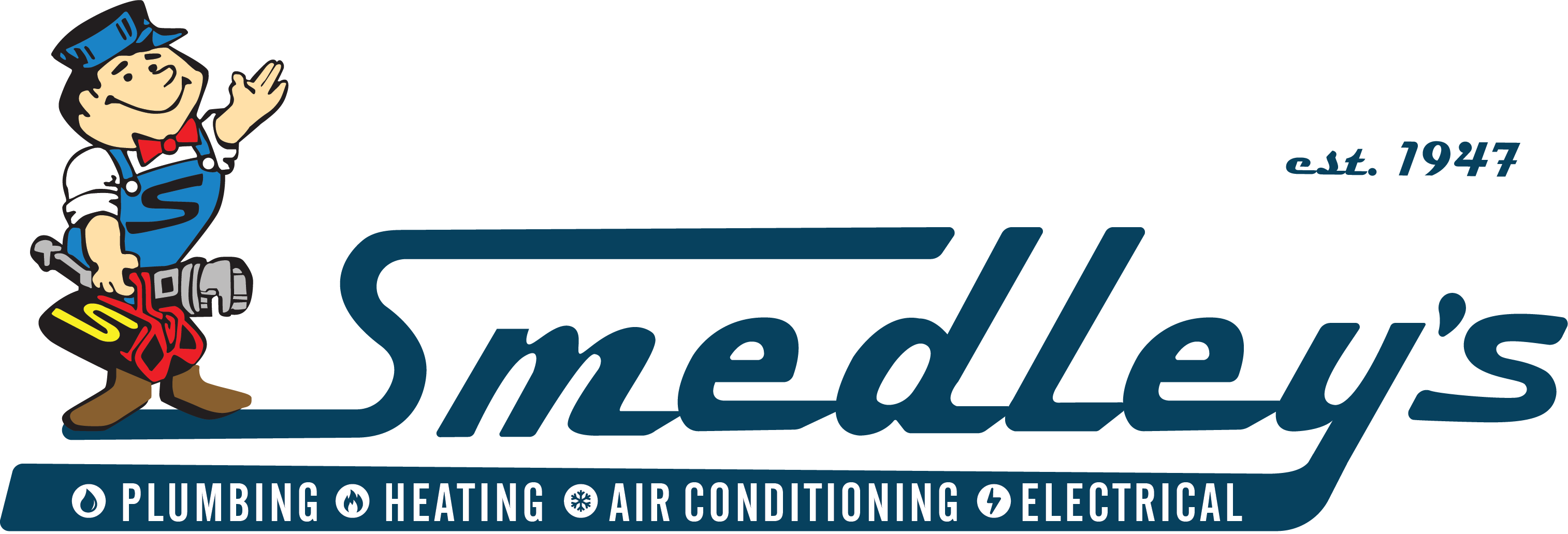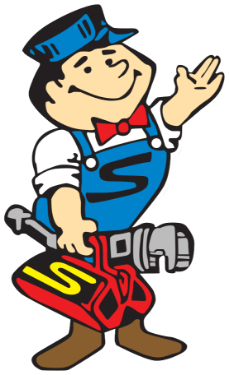
Since you will likely need to run your furnace constantly throughout the colder months to keep your house warm, you may worry about significantly raising your monthly gas or electric bill. Let’s explore some practical tips to improve your heater’s wintertime efficiency.
1. Routine Maintenance
Annual maintenance can enhance your heater’s efficiency. This service involves tasks like cleaning out the condensate drain and checking the pilot light. The technician can also identify issues that could potentially cause your heater to stop working or use more gas or electricity than usual.
2. Replace the Filters
Clean filters help your furnace run more efficiently. It also allows your heater to blow out cleaner air. You will need to replace the filters every one to three months depending on their condition and manufacturer’s recommendations.
3. Seal Ductwork Leaks
Leaks in the ductwork let cold air enter your house and lower the temperature inside. As a result, your heater will have to work harder to keep your house warm. This extra effort causes your furnace to use more energy and raises your utility bills.
4. Smart Thermostat Schedule
You can improve your furnace’s efficiency by programming your smart thermostat. You can set it to run at a lower temperature when you are not home and reach your desired temperature for the evening and overnight when you’re there.
5. Manual Thermostat Control
If you do not have a smart thermostat, you can still adjust the settings on your furnace to save energy. You can turn it down to a lower temperature before you leave for work and then turn it up to a higher temperature when you return home.
6. Insulation
Before winter starts, check and replace insulation in your home, especially around your ductwork and windows. Insulation helps your furnace maintain the set temperature more easily and prevents it from overworking.
7. Weather Stripping
You can also add weather stripping around the windows and doors to keep out drafts of cold air. Your furnace will not have to use more energy to keep your house warm.
8. Lined Curtains
Hanging lined curtains on your windows can keep out cold air. Your heater will not have to run as frequently and burn through electricity or natural gas to keep the temperature at which you have set the thermostat.
9. Ceiling Fans
Once cold weather arrives, change the direction of your ceiling fans so that they circulate clockwise. This will help them to create an updraft and push down warm air, thereby keeping your home warmer and enhancing the efficiency of your heater throughout the winter.
10. Humidifier
You can also help your furnace run more efficiently by running a humidifier during the winter. The moisture coming from the humidifier helps keep the air in your house warmer, so your heater may not have to work as vigorously to maintain your inside temperature.
11. Zone Heating
Zone heating allows you to heat rooms that you use often during the winter and lower the temperature in areas, such as the garage or spare bedroom, that you use less frequently. You can avoid wasting money and energy on spaces that don’t need to be as warm as other parts of the house.
12. Close the Fireplace Damper
After the coals and embers burn out, close the damper on your fireplace. This prevents warm air from escaping and prompting your furnace to turn on more frequently.
13. Hot Water Pipe Insulation
The hot water pipes in your home can help keep your home warm and make your heater more efficient. You can prevent them from losing heat by wrapping them with insulated tape before winter starts.
14. Clean the Vents
You should also vacuum or sweep out the indoor vents before winter starts. This tip helps your heater blow out warm air more efficiently and prevents it from overworking. It also ensures you can maintain a steady temperature throughout your home.
15. Insulate the Attic
Because the attic is out of the way and perhaps an area you do not use very much, you might overlook the need to insulate it. Attic insulation prevents warm air from escaping through the top of your house, however.
16. Lay Area Rugs and Runners
Using rugs on your hardwood, tile or linoleum floors can lend to the warmth of your home and your furnace’s efficient operation. Runners and rugs absorb and retain heat and also create a more comfortable, warmer floor for you and your family to walk over.
17. Seal Any Gaps
As you inspect your house and ready it for winter, you should seal any gaps you find, such as those around outlets or pipes. These openings can let in cold air while warm air escapes.
18. Energy-efficient Windows
Old windows can let in cold air drafts during the winter. You can replace them with newer windows that offer better energy efficiency. They can keep out cold air and spare your furnace from exertion and high energy use.
19. Solar Gain
On sunny days, draw back the curtains and blinds and let in sunlight that can raise the indoor temperature. You can then lower the thermostat on your furnace until sunset, which can save you money and lower your home’s energy use.
20. Draft Stoppers
Draft stoppers, also known as draft dodgers, are bead-filled rolls of fabric that you can place at the bottom of your doors. They help keep out cold drafts and make your home warmer.
21. Space Heaters
During the daytime, use space heaters to keep rooms like the kitchen or living room warmer. You can lower the temperature on your furnace, reducing your home’s daytime natural gas use. Remember to turn off the space heaters at night before you go to bed to lower the risk of fire.
22. Regular Inspections
Along with having your furnace professionally maintained, you should also inspect it yourself during the winter. Ensure it remains free of debris like dust and cobwebs that can impede its function. Also, listen for unusual noises that can signal a potential mechanical problem that needs to be repaired.
23. Heater Upgrade
If your heater is more than 15 years old, you may want to upgrade it to a newer one that is more energy-efficient. A brand-new furnace can lower your home’s energy bills and carbon footprint.
24. Monitor Your Home’s Energy Use
You should also monitor your home’s energy use during the winter. Many gas and electric companies send out itemized bills showing how much energy you use for each billing cycle.
Some gas and electrical companies also allow customers to sign up for texts or emails that outline their homes’ weekly energy use. If you notice your energy consumption going up without changing how you use your furnace, you should have an HVAC technician inspect and service it accordingly.
At Smedley Service, we have more than 70 years of experience servicing people’s furnaces in the Layton, UT area. Our experienced HVAC team also works on air conditioners and indoor air quality systems, and we additionally offer professional plumbing services. Contact us today to learn how we can help enhance your furnace’s wintertime efficiency with our heating maintenance.




